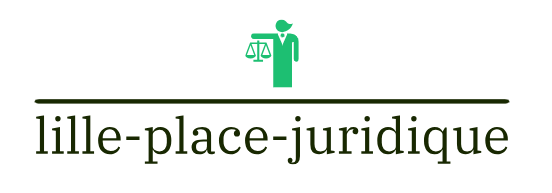Introduction
Family law cases often involve emotionally charged issues and complex legal matters. Navigating through these challenges requires a comprehensive understanding of litigation strategies and effective capacity management. In this article, we explore the importance of maximizing litigation capacity in family law cases.
Understanding Family Law Dynamics
Family law encompasses a wide range of legal issues, including divorce, child custody, alimony, and property division. Each case presents unique complexities and requires tailored legal strategies. Family law attorneys must have a deep understanding of state laws, court procedures, and case precedents to effectively represent their clients.
The Role of Litigation Capacity
Litigation capacity refers to the ability of legal teams to manage and handle cases efficiently. In family law, where emotions often run high, maintaining a high level of litigation capacity is crucial. It involves strategic planning, resource allocation, and effective communication to ensure that cases progress smoothly through the legal system.
Strategic Planning for Family Law Cases
Effective litigation capacity begins with strategic planning. Family law attorneys must carefully assess each case, identify potential challenges, and develop a roadmap for litigation. This involves setting realistic goals, outlining timelines, and allocating resources effectively. By having a clear plan in place, attorneys can navigate through the complexities of family law cases more efficiently.
Resource Allocation and Management
Maximizing litigation capacity also requires efficient resource allocation and management. Family law firms must ensure that they have the necessary staff, technology, and financial resources to handle cases effectively. This includes assigning experienced attorneys and support staff to each case, leveraging technology for case management, and budgeting resources wisely to avoid unnecessary delays or setbacks.
Effective Communication
Communication is key in family law cases, both with clients and within the legal team. Attorneys must maintain open and transparent communication with their clients, keeping them informed about case developments and addressing their concerns promptly. Internally, effective communication ensures that everyone involved in the case is on the same page, working towards common goals.
Utilizing Alternative Dispute Resolution
In many family law cases, litigation is not the only option for resolving disputes. Alternative dispute resolution methods such as mediation or collaborative law can offer more amicable and cost-effective solutions. Family law attorneys should be well-versed in these methods and able to advise their clients on the most suitable approach for their situation.
Client Education and Empowerment
Empowering clients with knowledge and understanding of the legal process is another aspect of maximizing litigation capacity in family law cases. Attorneys should take the time to educate their clients about their rights, options, and the potential outcomes of their case. Informed clients are better equipped to make decisions and participate actively in their legal proceedings.
Adapting to Changing Circumstances
Family law cases are often dynamic and unpredictable, requiring attorneys to adapt quickly to changing circumstances. Whether facing unexpected developments in the case or shifts in the client’s priorities, attorneys must be flexible and responsive in their approach. By staying agile, attorneys can effectively navigate through the twists and turns of family law litigation.
Conclusion
Navigating family law cases requires a strategic approach and effective capacity management. By maximizing litigation capacity, attorneys can streamline the legal process, achieve favorable outcomes for their clients, and ensure that justice is served in family law matters. With careful planning, resource allocation, and communication, attorneys can successfully navigate through the complexities of family law litigation. Read more about litigation capacity family law


